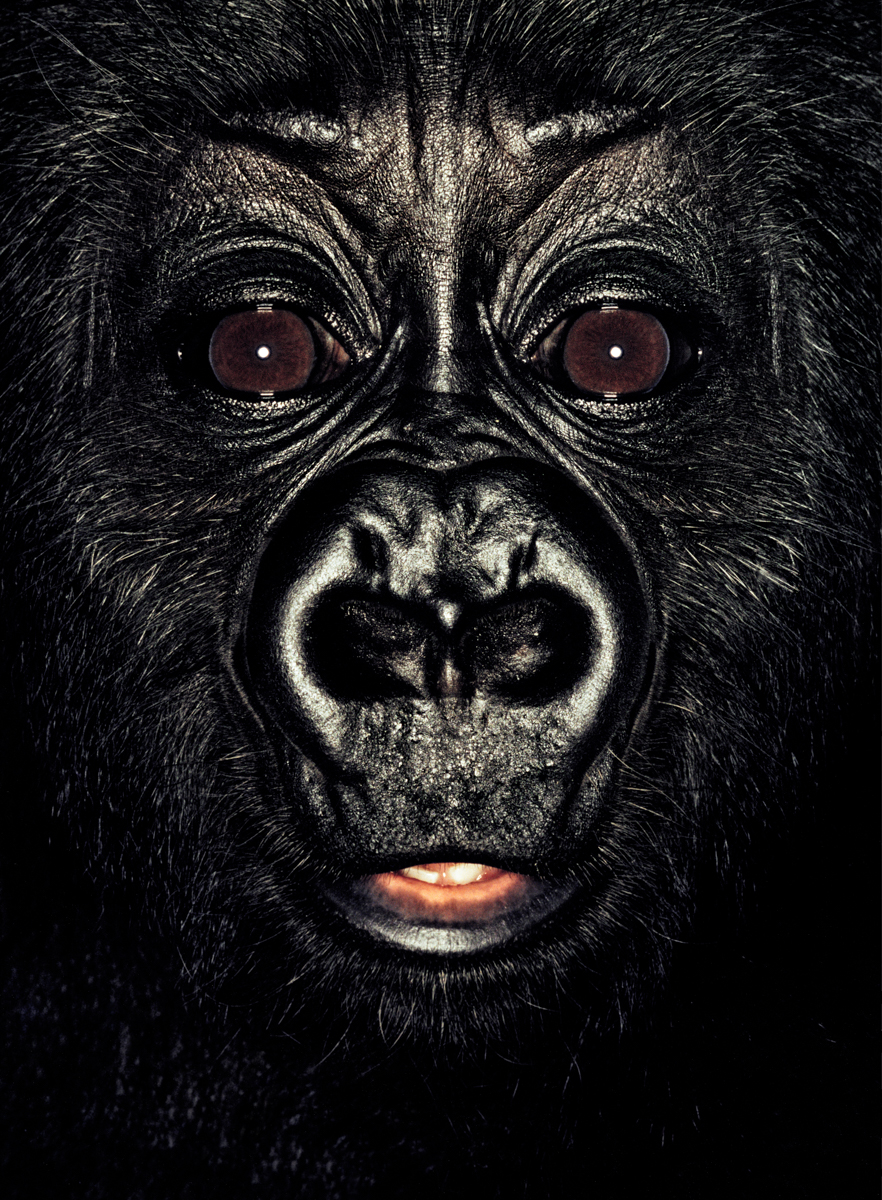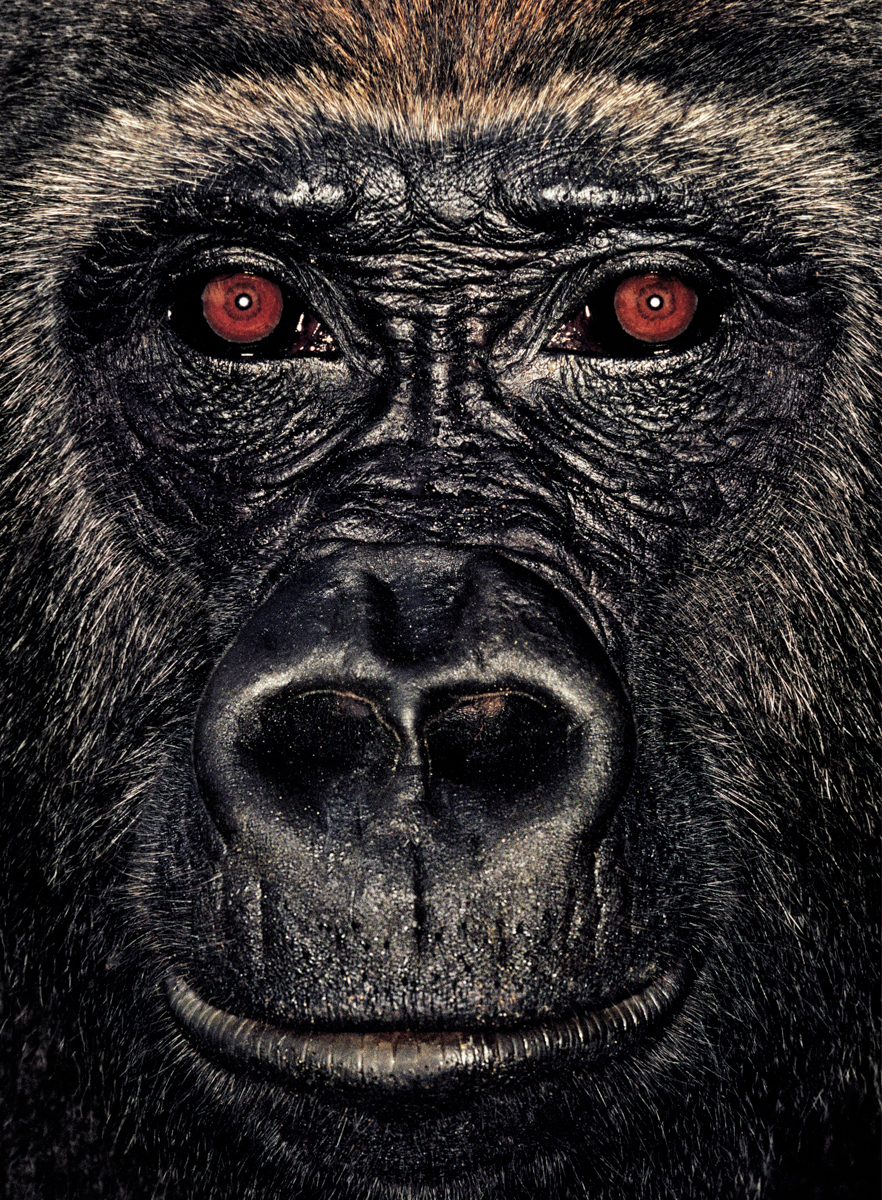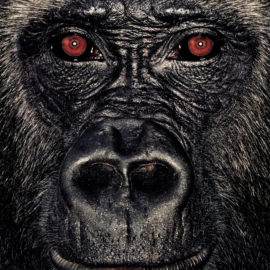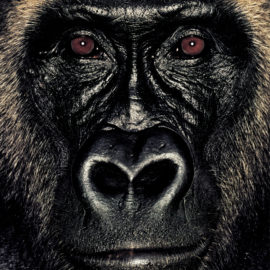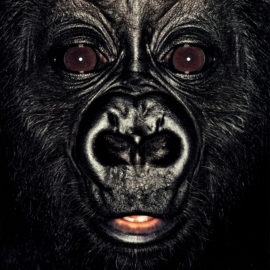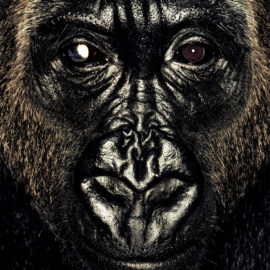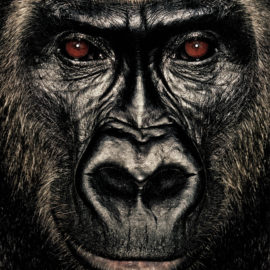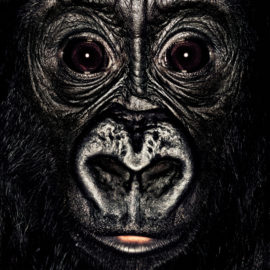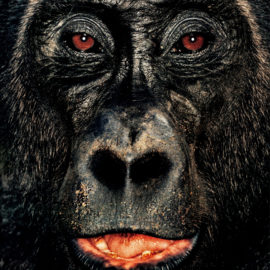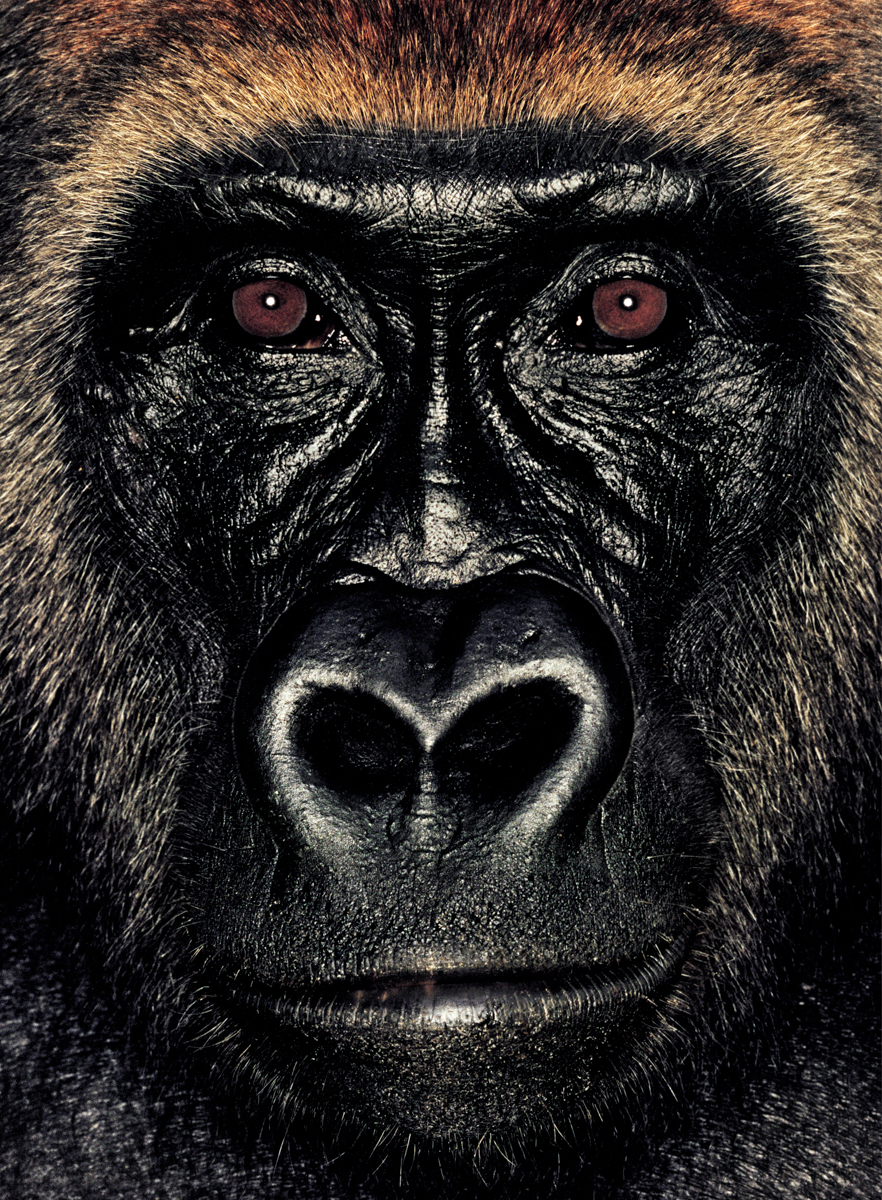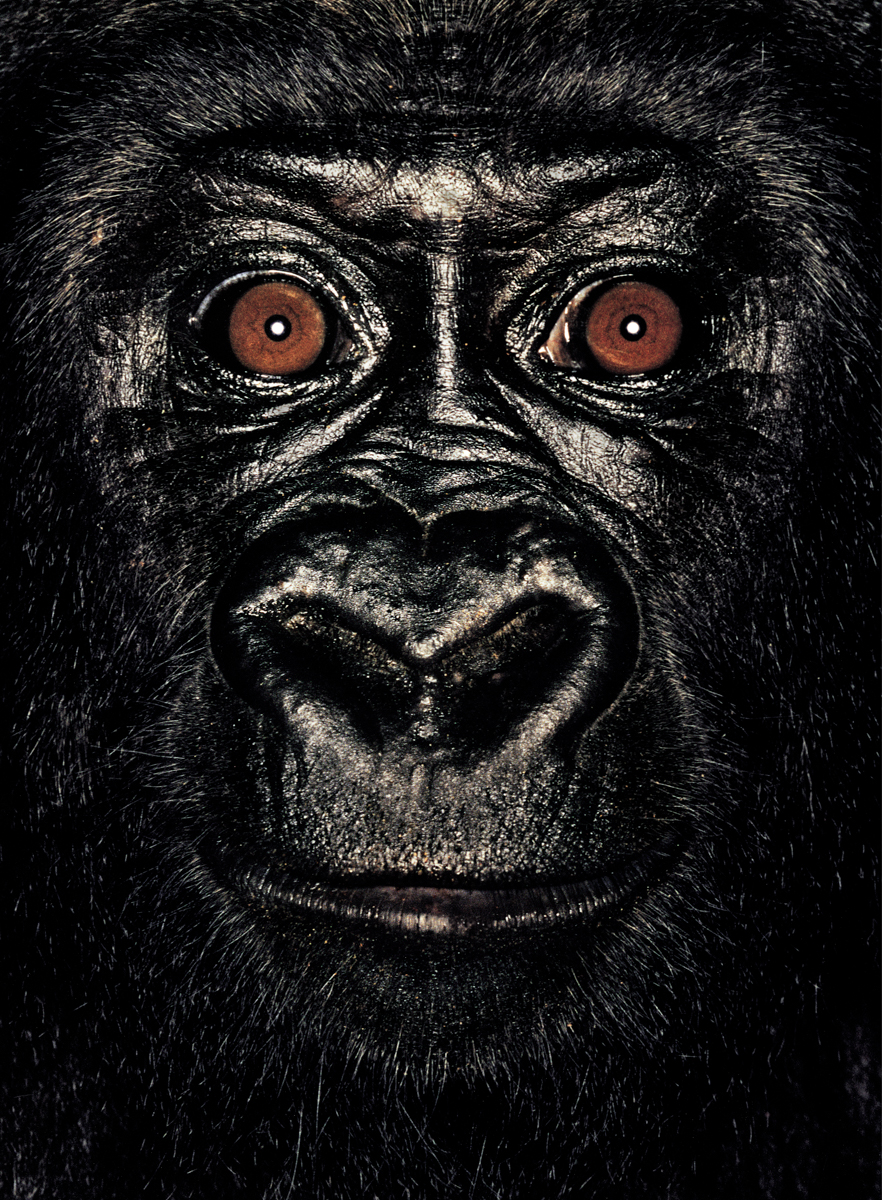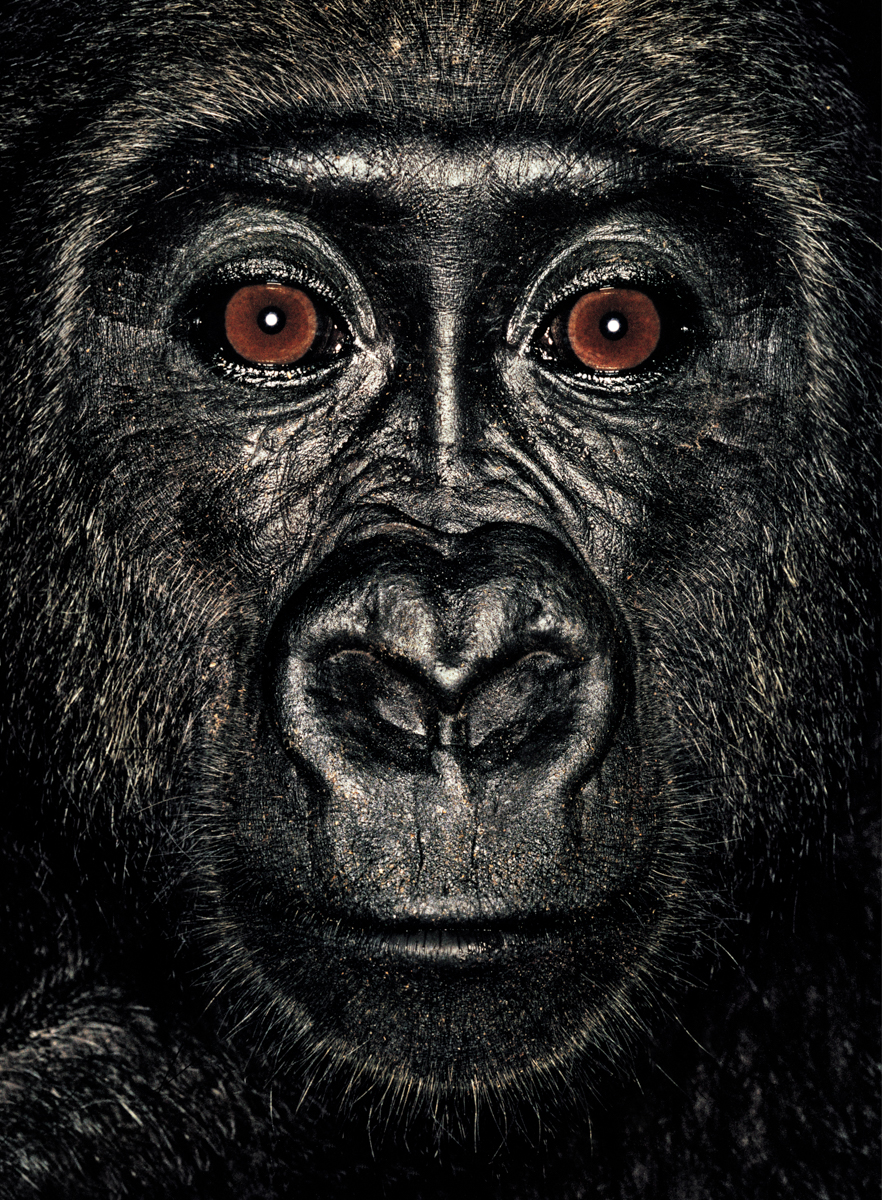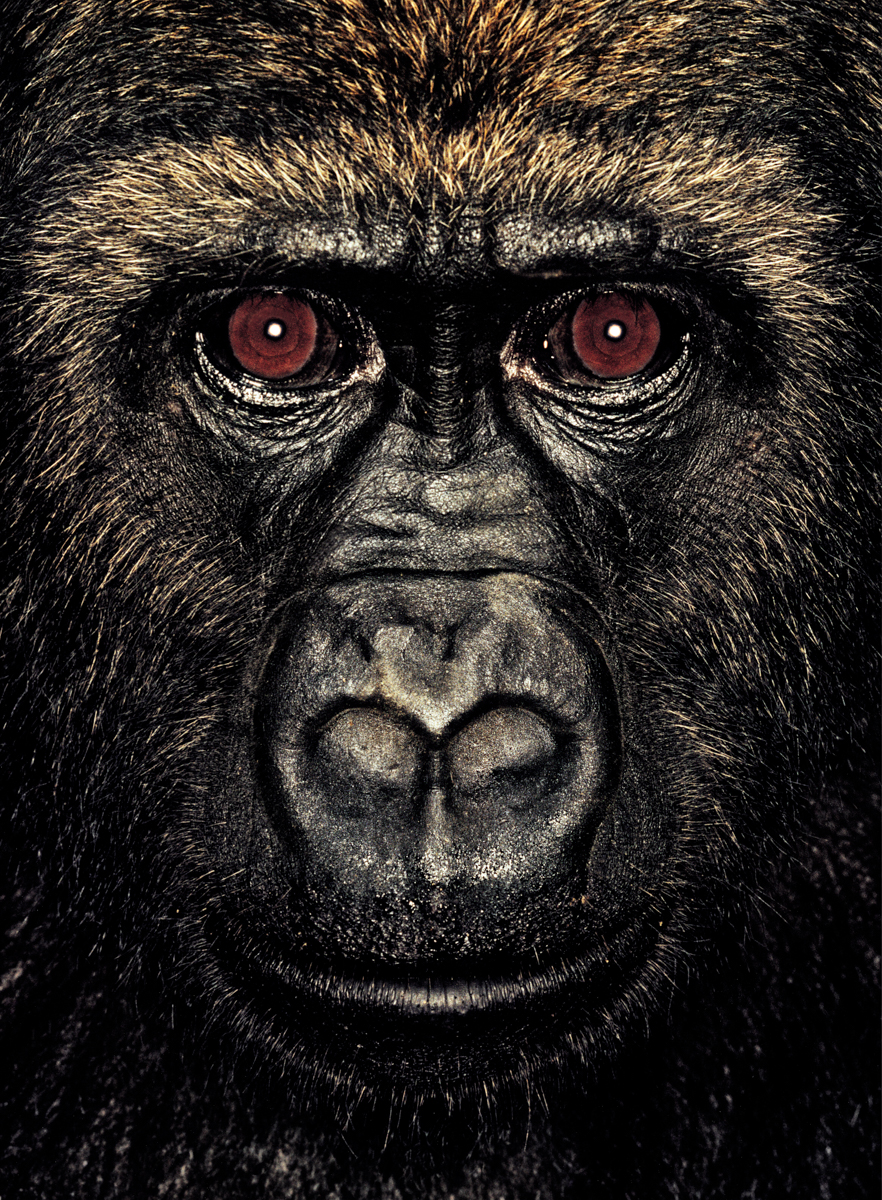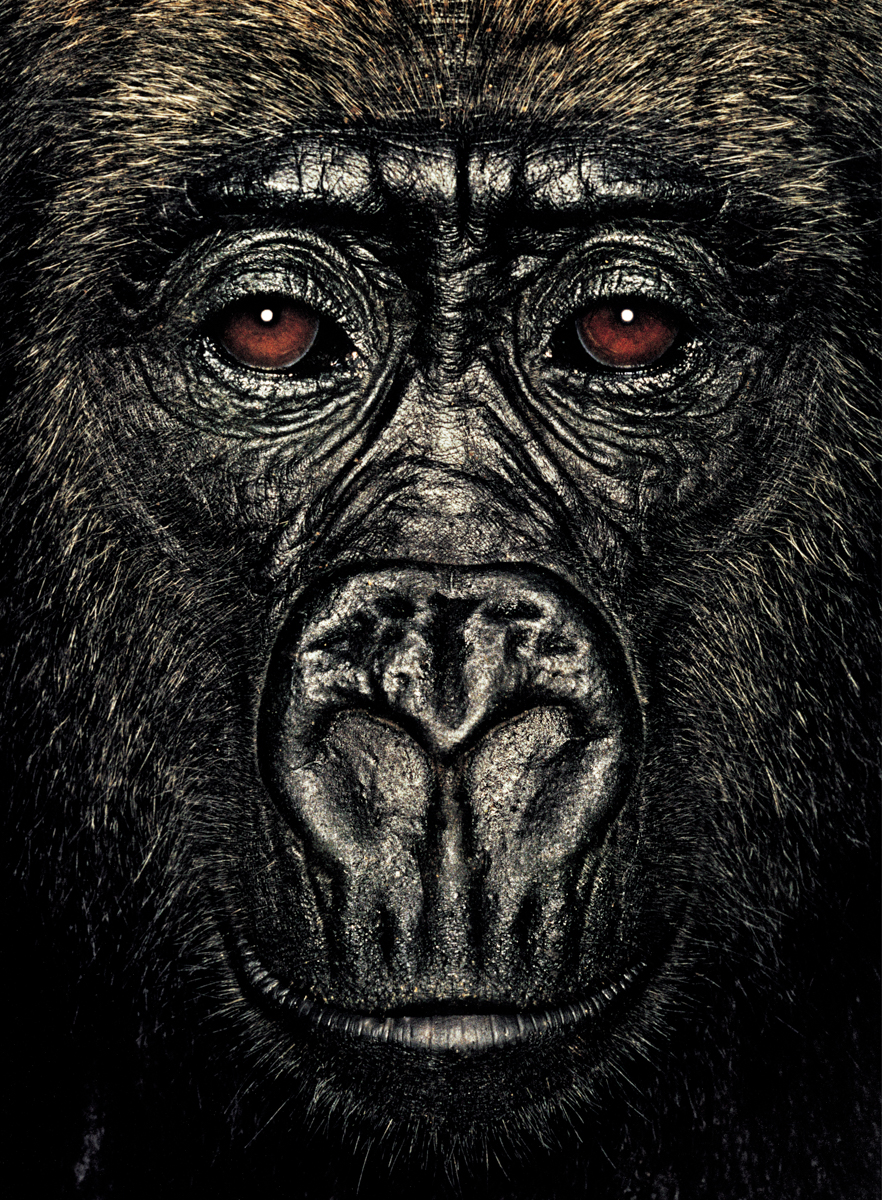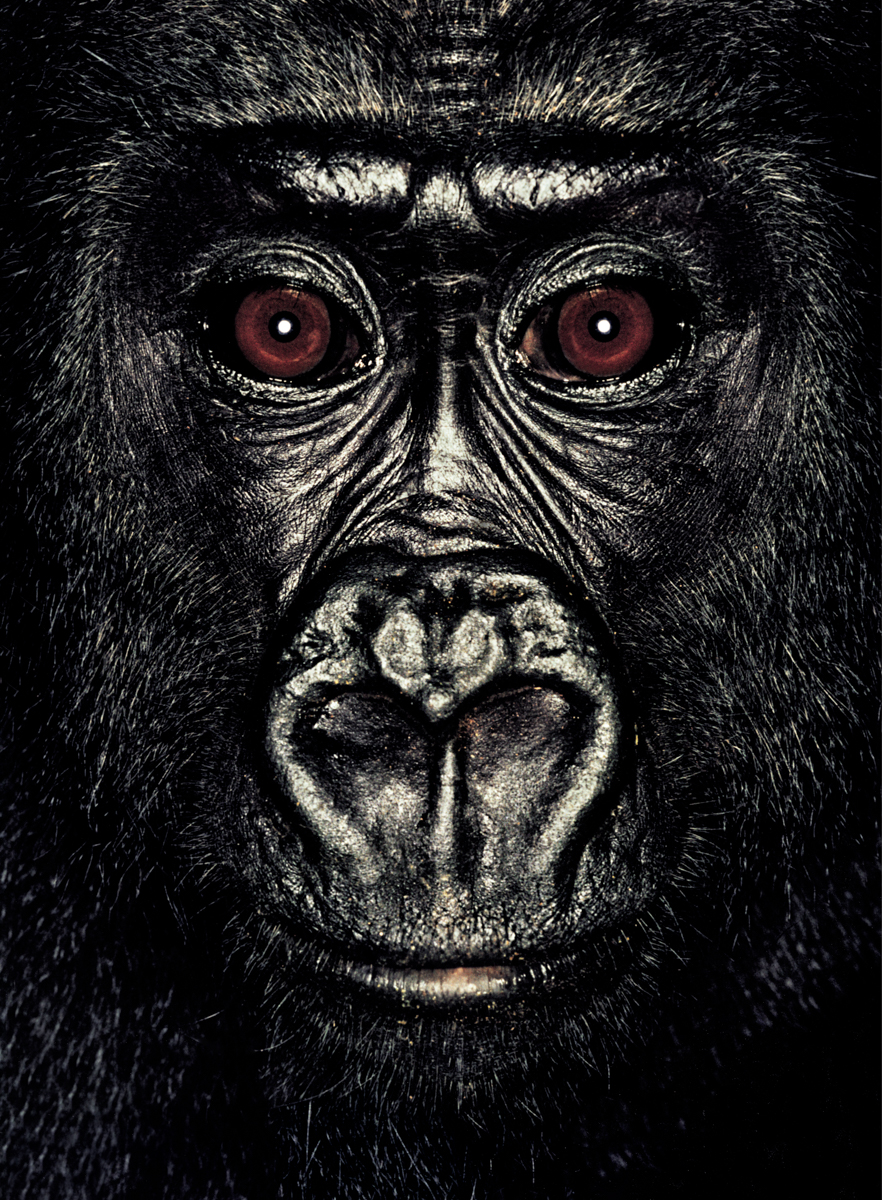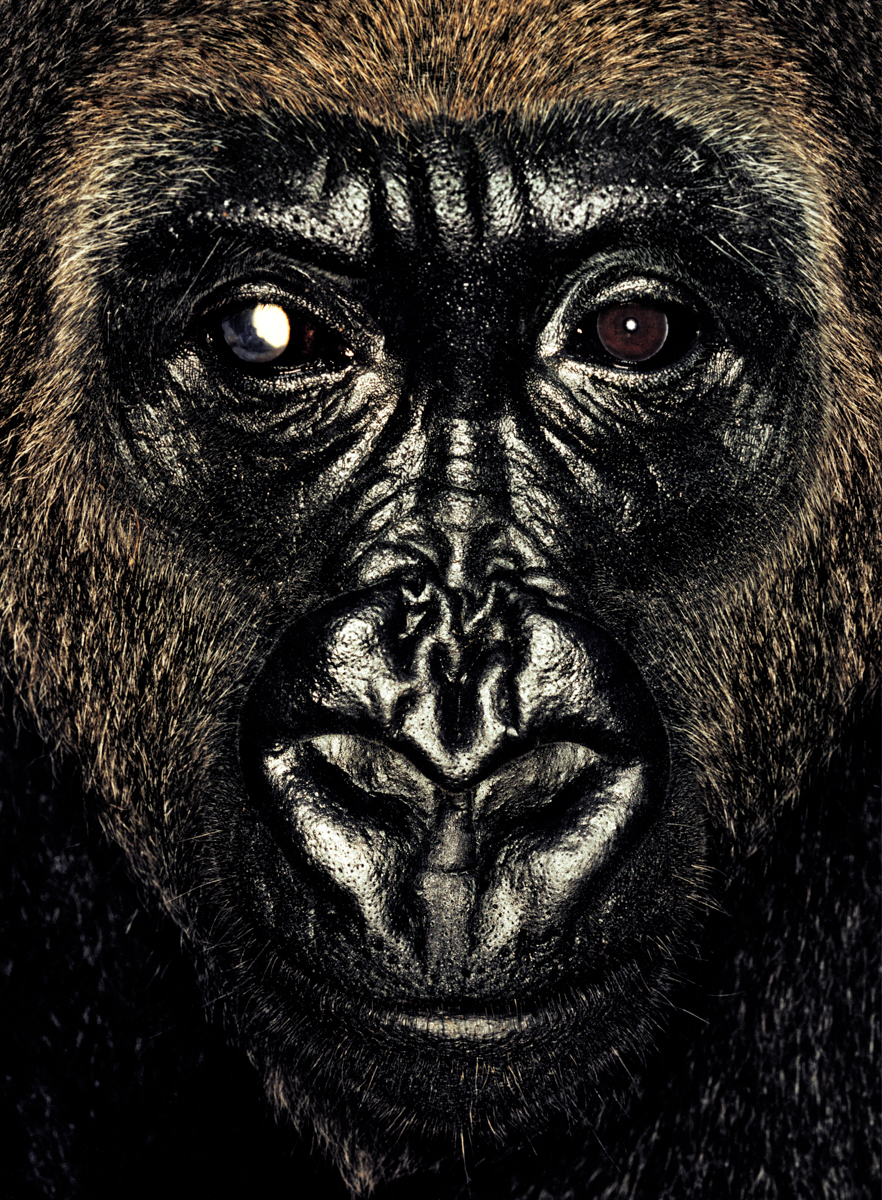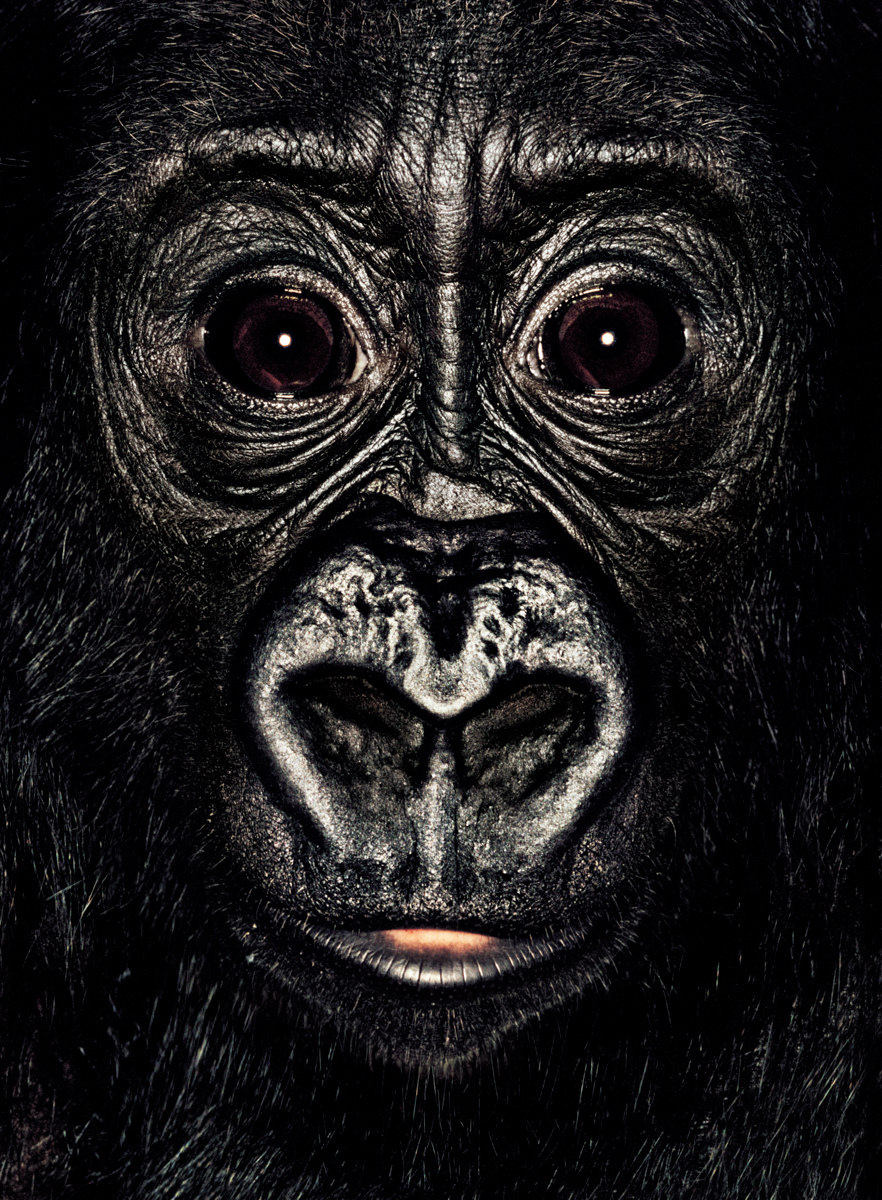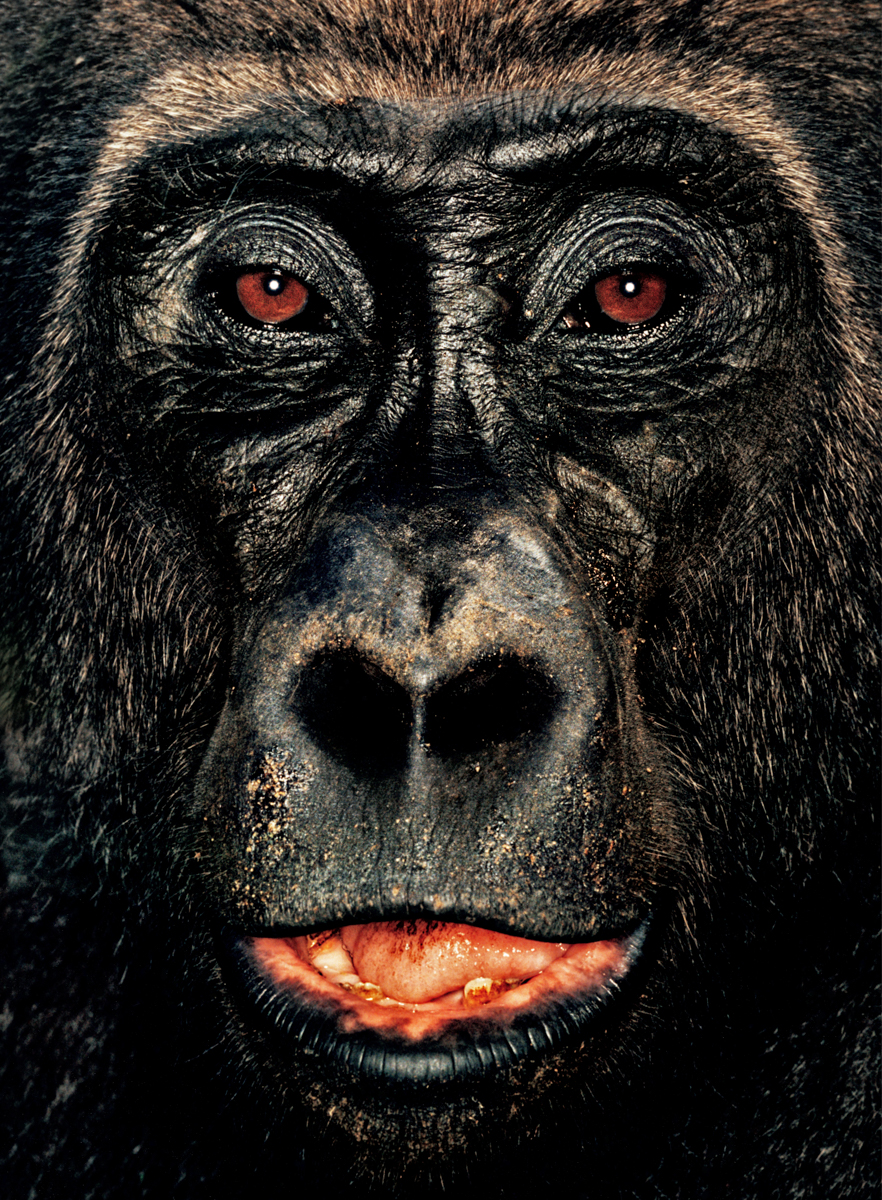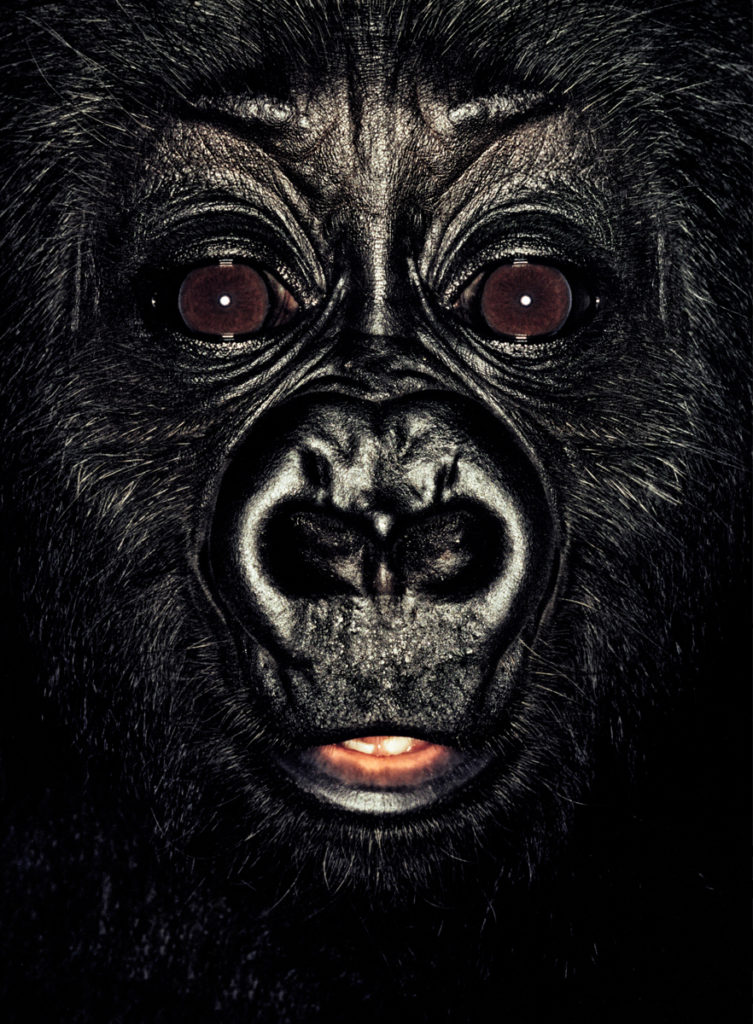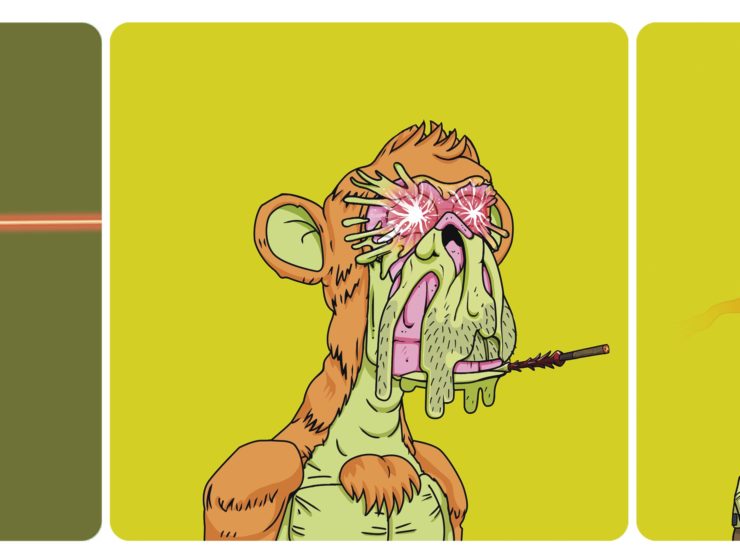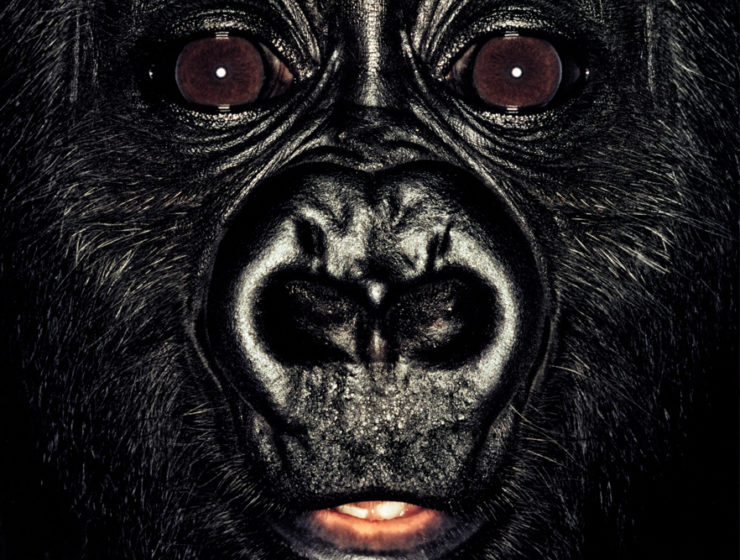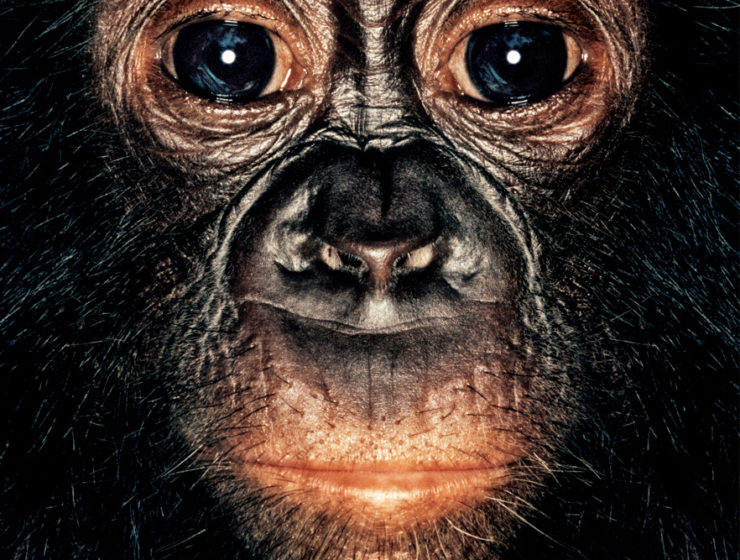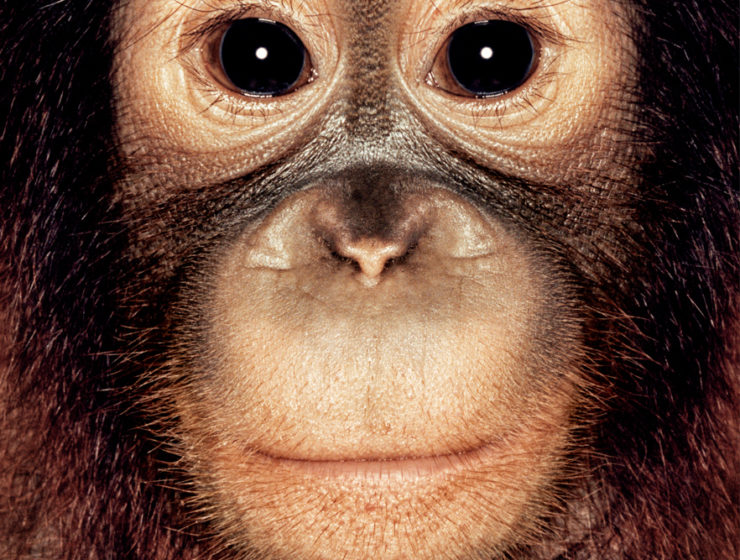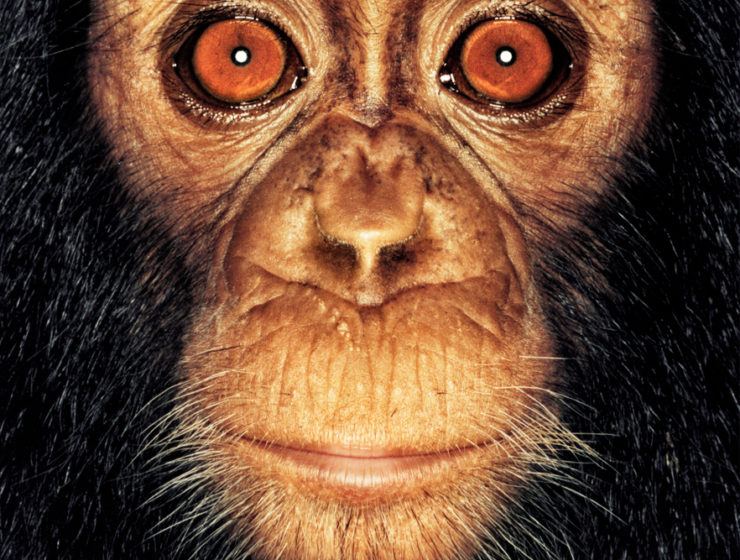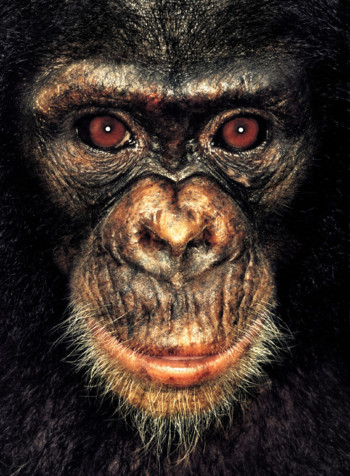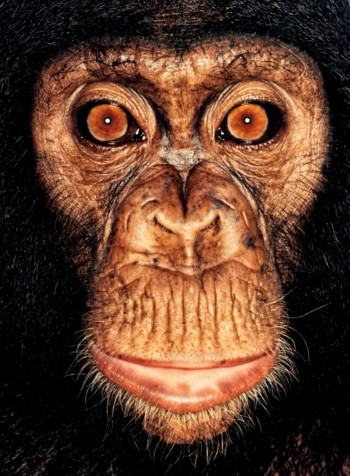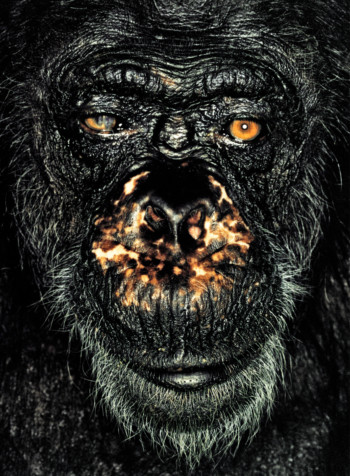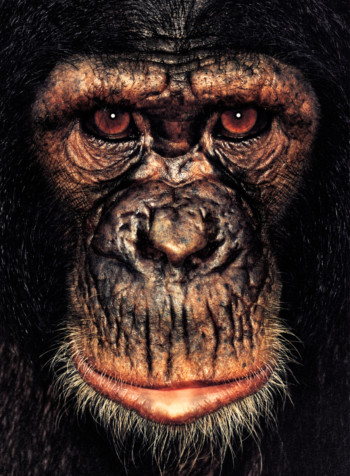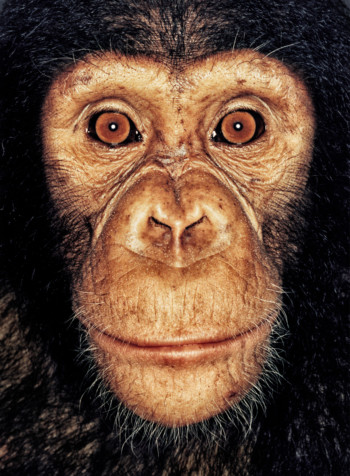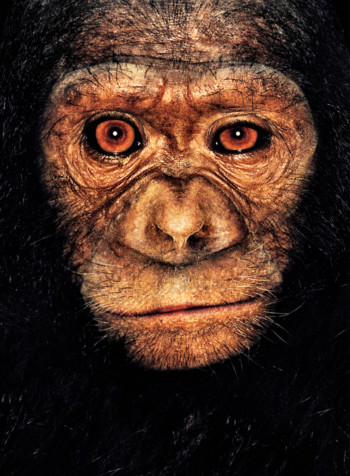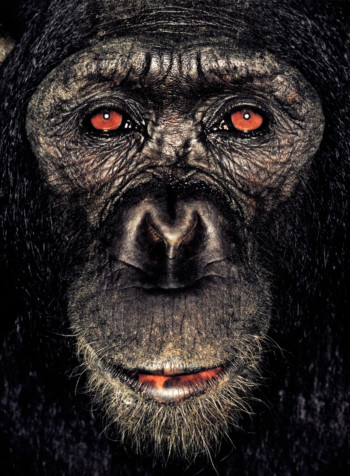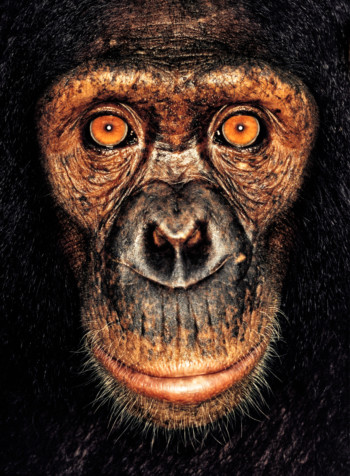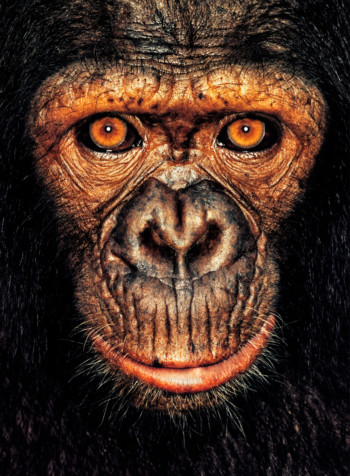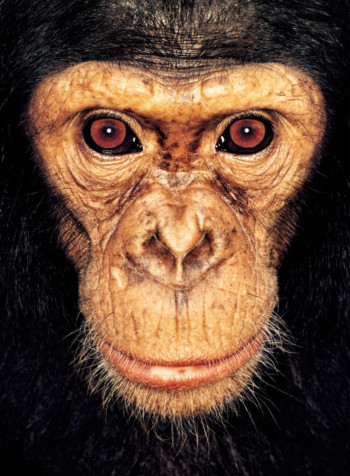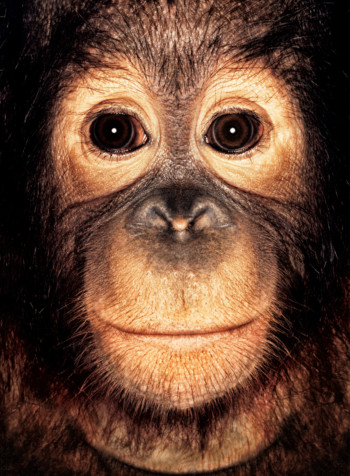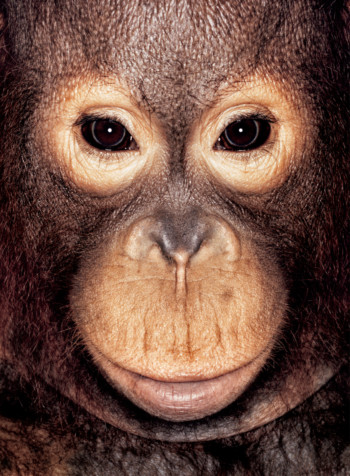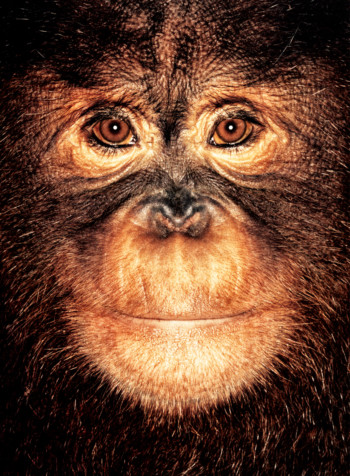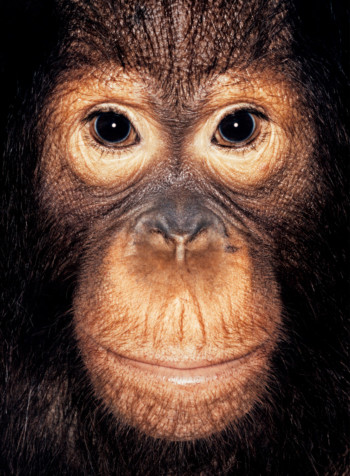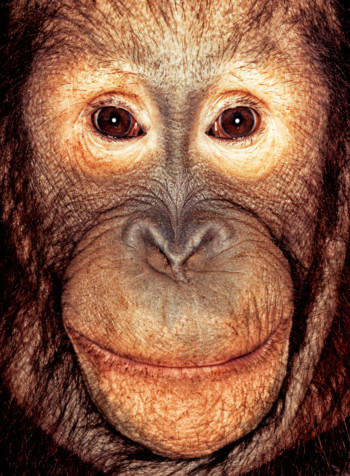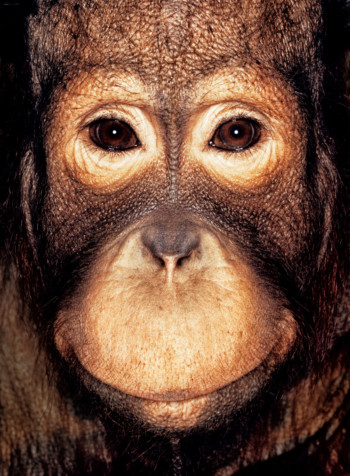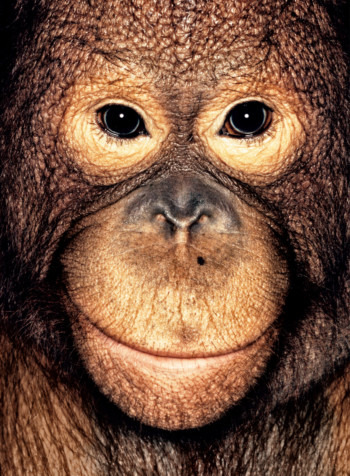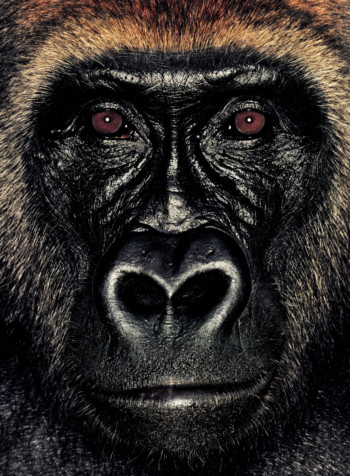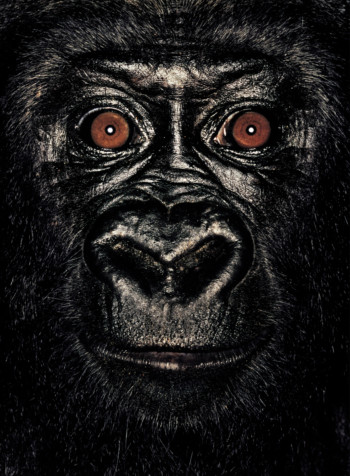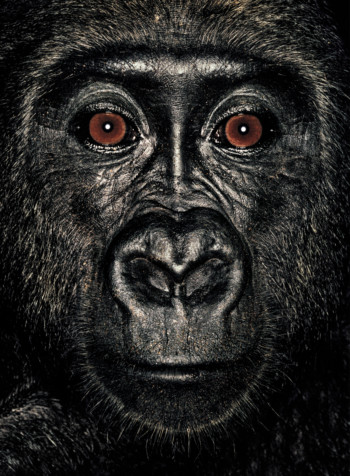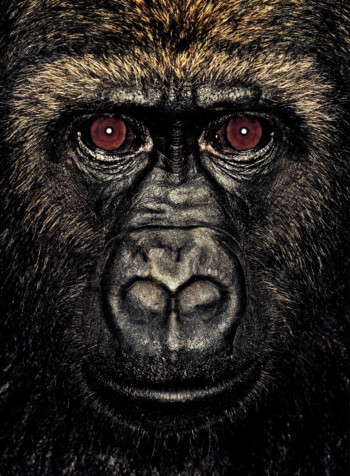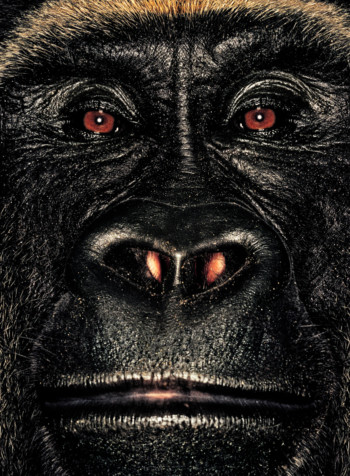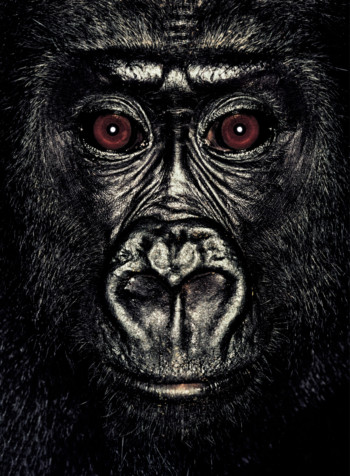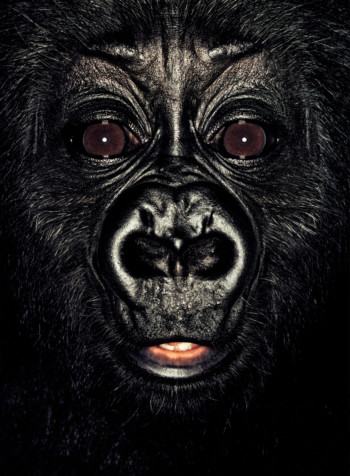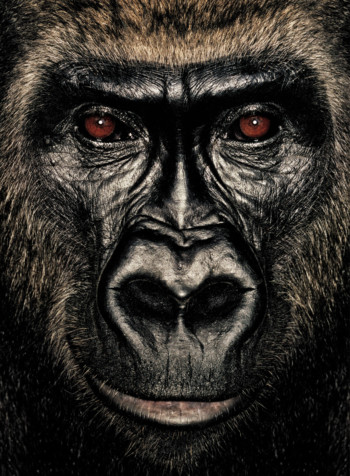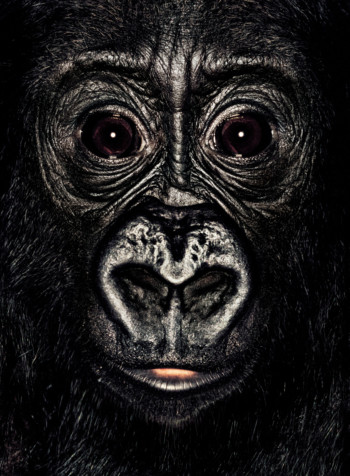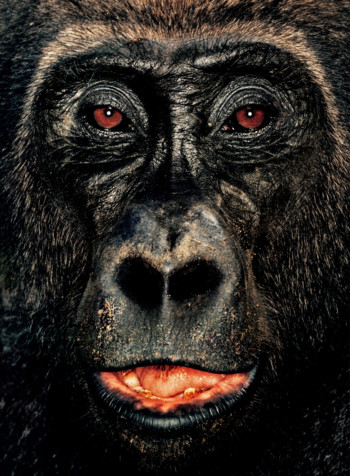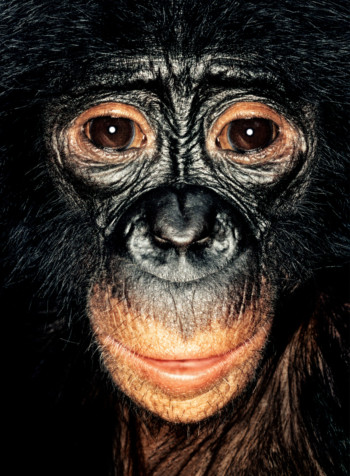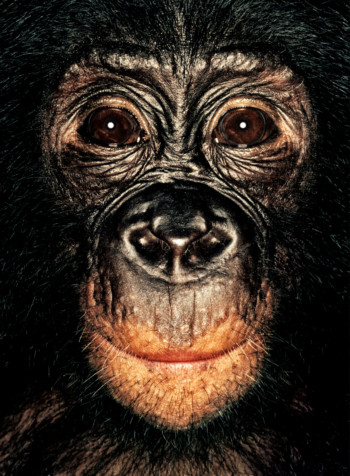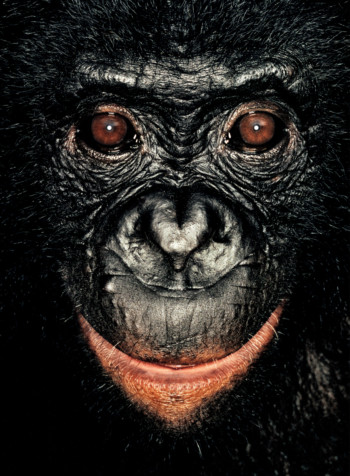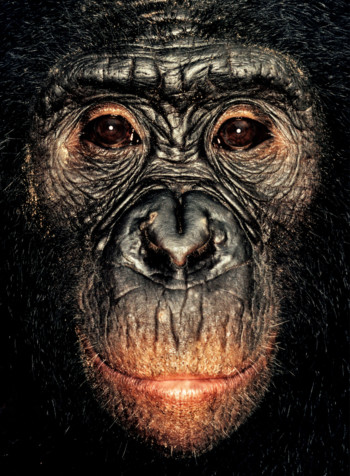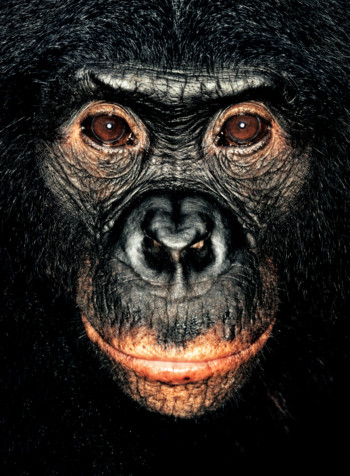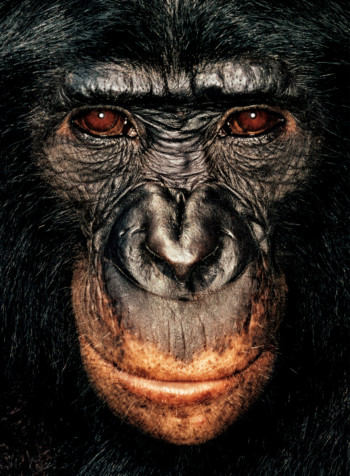#BAYC captures how we see in gorillas parts of our inner selves, of our past and maybe our future too. Gorillas are a source of fascination for humans – a symbol of great strength allied with great gentleness. But we remain their greatest threat. Own your own gorilla portrait now.
#JAPES family tree part4: Gorillas
Koko, a western lowland gorilla, was born at the San Francisco Zoo in 1971. She died in 2018 at the age 46. In life, Koko became a celebrity of-sorts. She was taught to sign 2,000 words. Footage of her gently and delightedly playing with kittens went viral, as did her ability to play melodies on the recorder.
Not all of us feel comfortable about the commodification of an animal born into captivity, especially one so physically powerful – Koko’s body, of course,was designed to roam the forested mountains of Africa, as her ancestors would have, not to remain coddled in a cage.
But Koko spoke to the way gorillas, almost uniquely, have a way of drawing our attention, of capturing our imagination. For gorillas, perhaps more than any ape, have the ability to pose as an avatar of ourselves. And apes like Koko, even whilst living in captivity throughout their life, have the capacity to create facsimiles of the human-animal bond that sustains so many of us.
Apes remain an obsession of their closest living relative, and no ape perhaps grips our imagination like the gorilla. Anthropomorphic renderings of gorillas are the mainstay of film, TV and literature, from the original King Kong film in 1933 through to the recent Hollywood franchise Planet of the Apes.
In the wild, though, only 1,000 mountain gorillas remain, spread between forested national parks in Rwanda, Uganda and the Democratic Republic of Congo. Many harems of gorillas – they are termed as such because groups of women tend to live with one dominant male – have been deliberately habituated to humans, and many in turn remain victim to poaching. Respiratory diseases, often passed on by contact with tourists, is a leading cause of death for mountain gorillas. And so the Covid pandemic, caught from humans, is hitting the wild gorilla population hard. The gorilla may be a source of fascination for humans – a symbol of great strength allied with great gentleness. But we remain their greatest threat.

